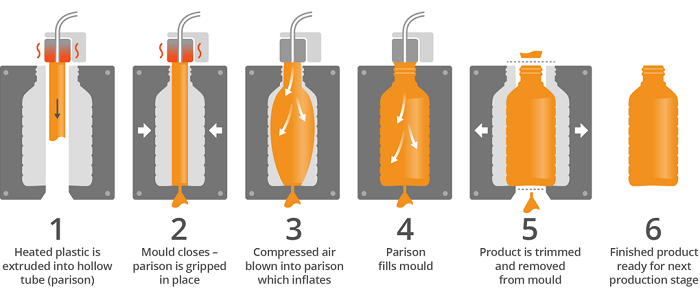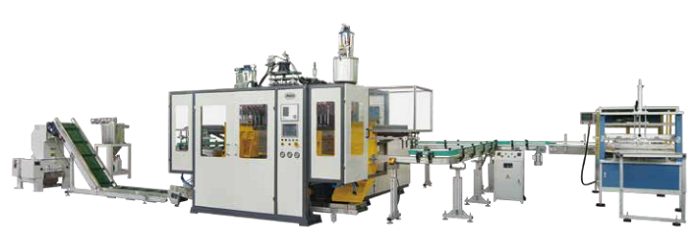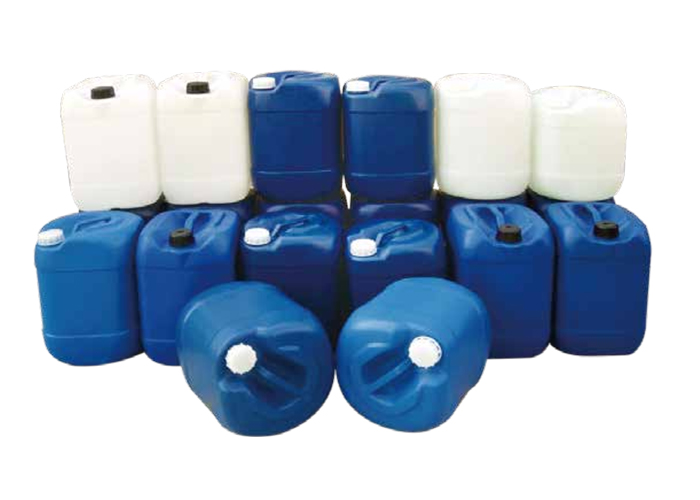During the blow molder process, a parison is clamped into a mold cavity, then compressed air is forced into the tube with the help of a blow pin. The plastic expands, or “balloons” due to the air pressure and fills the shape of the cavity. The cavity is then cooled, usually through the process of conduction using liquid, and the molten plastic hardens and sets in the shape of the mold. The flow of air pressure into the parison needs to be carefully controlled to ensure consistent expansion of the plastic and uniform thickness of the product walls.

Blow molder is a common process for
production of hollow containers, ranging from commodity products such as soda
or water bottles to highly engineered products such as gas tanks and electrical
enclosures. The two most common types of blow molder are extrusion blow
molding and injection blow molding with many variants related to handling of
the thermoplastic melt and molds. Blow molding
process, in which a cylinder of semi molten plastic, called a parison, is
extruded downward between two open mold halves. Once a parison of sufficient
length is extruded, the mold is closed and a blow pin pressurizes the inside of
the parison. The air pressure forces the parison to inflate until it contacts
the entire surface of the mold cavity. The heat from the formed plastic is then
transferred through the mold to the cooling lines. Once the plastic is
sufficiently rigid, the mold is opened, the product is removed, and any
flashing is trimmed.
Blow molder covers three main
thermoplastic processes: extrusion blow molder, stretch blow molderand
injection blow molder. Extrusion blow molding is the largest of the three,
followed by stretch blow molding and injection blow molding. The entire blow
molding industry grows by about 3-5% annually, and will continue to grow at
this rate.
Extrusion blow molding is the largest user
of high-density polyethylene (HDPE) technology. "Plastics News"
reported that as of September 2008, HDPE production in the United States was
12.8 billion pounds. The extrusion blow molding market of HDPE is growing
faster than the bottle market. Generally speaking, it is large storage tanks,
55 gallon barrels and automobile fuel tanks. About 40% of HDPE production
enters the blow molding market, making it the main process in the HDPE
industry.


Contact: Lily Xu
Phone: +86 15806225887
Tel: +86-0512-53660809
Email: infssx@jwell.cn
Add: No 18, Dongan Road, Taicang, Suzhou city, Jiangsu Province, China, 215400
We chat
